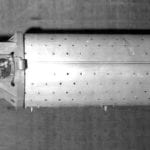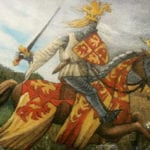 History
History  History
History  Miscellaneous
Miscellaneous 10 Ancient Etiquette Rules You Never Knew Existed
 Our World
Our World Planet Earth’s 10 Most Hardcore Natural Creations
 Movies and TV
Movies and TV 10 Times Twin Movies Competed with Each Other
 The Arts
The Arts 10 Masterpieces Plucked from the Artist’s Subconscious
 Crime
Crime 10 Fascinating Facts about Rikers Island
 Pop Culture
Pop Culture 10 Things You Might Not Know about Dracula
 Weird Stuff
Weird Stuff 10 Everyday Activities That Were Once Considered Illegal
 History
History Ten of History’s Hidden Secrets: Stories 99% Don’t Know About
 Movies and TV
Movies and TV 10 Actors Who Infamously Stormed Off Set While Filming
 History
History 10 Influencers Who Lived Centuries before Social Media
 Miscellaneous
Miscellaneous 10 Ancient Etiquette Rules You Never Knew Existed
 Our World
Our World Planet Earth’s 10 Most Hardcore Natural Creations
Who's Behind Listverse?

Jamie Frater
Head Editor
Jamie founded Listverse due to an insatiable desire to share fascinating, obscure, and bizarre facts. He has been a guest speaker on numerous national radio and television stations and is a five time published author.
More About Us Movies and TV
Movies and TV 10 Times Twin Movies Competed with Each Other
 The Arts
The Arts 10 Masterpieces Plucked from the Artist’s Subconscious
 Crime
Crime 10 Fascinating Facts about Rikers Island
 Pop Culture
Pop Culture 10 Things You Might Not Know about Dracula
 Weird Stuff
Weird Stuff 10 Everyday Activities That Were Once Considered Illegal
 History
History Ten of History’s Hidden Secrets: Stories 99% Don’t Know About
 Movies and TV
Movies and TV 10 Actors Who Infamously Stormed Off Set While Filming
10 Historical Challenges With Big Prizes That Spurred Great Innovations
Money has been the driving factor behind some of history’s greatest innovations. Whether tinkering away in labs or risking their lives in a new flying contraption, people can become extremely motivated to solve difficult problems when they know there’s a big prize at the end.
10 Flax-Spinning Prize
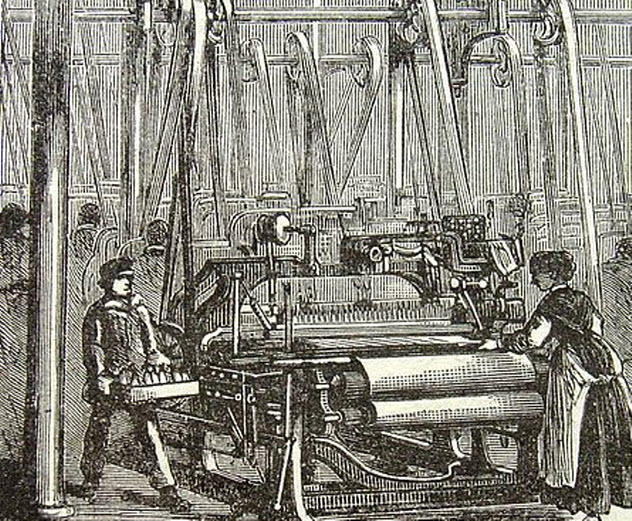
If there was one man who understood that cold, hard cash is a powerful incentive, it was Napoleon. Throughout his reign, he promoted several contests to bolster France’s economy and reduce the country’s dependence on European imports. He awarded 12,000 francs to Nicolas Appert for developing a method of canning food that preserved it longer.
Napoleon reserved his most substantial award for a flax-spinning machine. In 1810, he announced a prize of 1 million francs to the person who could devise a method of spinning yarn from flax fiber. This was a prize with no time restriction that could have been won by anyone regardless of their country of origin.
The contest lasted until 1813 and received around 80 submissions. Although inventor Philippe de Girard came closest to a working model, he was never officially awarded the prize. In financial trouble, Girard went to Austria where he hoped to gain support and develop a working spinning mill.
In 1817, he returned to France with a working prototype, but Napoleon was no longer in power. When his successors didn’t honor the contest, Girard was forced to sell his patent to England. However, his efforts were recognized posthumously, and his descendants were awarded a pension.
9 Rainhill Trials
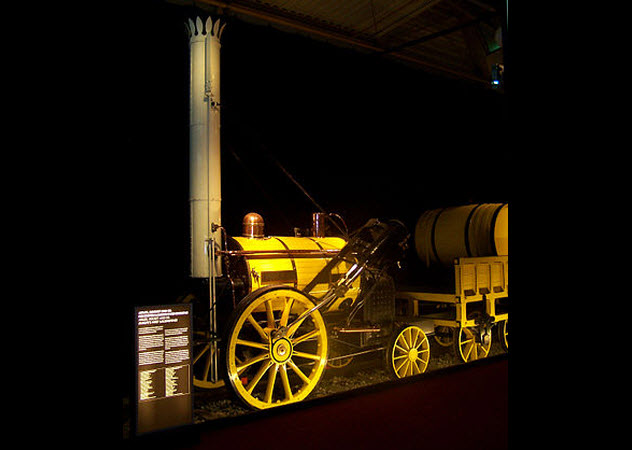
One of the defining components of the industrial revolution was steam power, which revolutionized travel. In the 1820s, work began in England on the Liverpool and Manchester Railway (L&MR). It was going to be the first public intercity railway to rely entirely on steam power with no horse-drawn traffic. It was also going to be a better transportation alternative to canals, which allowed for the carrying of cargo and passengers.
Suffice it to say that the expectations for the railway were significant, but its success was entirely reliant on the locomotive used for the train. It needed to be sturdy and powerful enough to pull its cargo several times a day. In October 1829, the Rainhill Trials were staged to find the best candidate. Five different engines competed on a track that was 1.5 kilometers (1 mi) long.
Besides finishing the course, the locomotives had to adhere to several guidelines. These included using coke as fuel, having two pressure safety valves, and maintaining boiler pressure under 50 pounds-force per inch. The winner of the race would be awarded a prize of £500.
Determining a winner was fairly easy. Only one locomotive finished the course: the Rocket built by George Stephenson. He won the prize, and his Rocket was used when the L&MR opened in 1830.
Prize money aside, Stephenson became one of the most successful locomotive builders in the decade to come. In England, he is remembered as the “Father of Railways.”
8 Turbine Prize
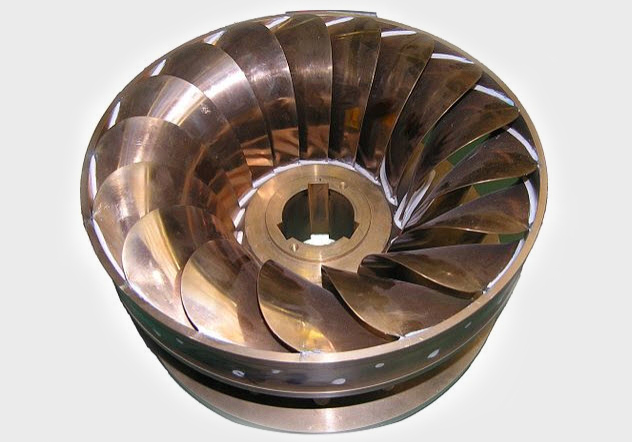
The industrial era in France was a period that followed a time of turmoil and instability. In order for the country to remain a European economic power that was strong enough to compete with its neighbors, France needed technological advancements to support its growing industries. That is why the French Society for the Encouragement of Industry was born.
One of the society’s first ambitions was to find a better alternative to the waterwheel, something more modern and efficient that could be introduced on a large commercial scale. In 1823, the society established the Turbine Prize—a contest that rewarded the best new design with 6,000 francs.
In 1827, a young engineer named Benoit Fourneyron claimed the prize with his new invention: the water turbine. Based on a design from Claude Burdin, Fourneyron’s invention became the first commercial hydraulic turbine in the world.
Although this 6-horsepower turbine was impressive for the time, it wasn’t enough for Fourneyron. He used the prize money to continue his research and improve his design.
The end result was the 60-horsepower Fourneyron turbine, which was completed in 1834. It functioned at 80 percent efficiency and became popular throughout Europe and North America during the industrial era.
7 Schneider Trophy
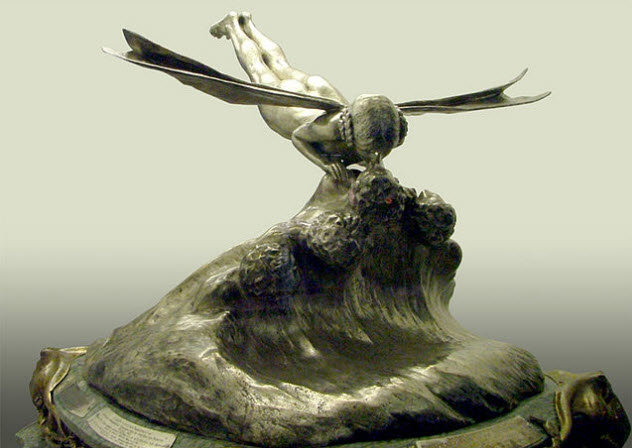
Jacques Schneider was a 19th-century French industrialist with a passion for aviation. However, after a severe accident in 1910, he could no longer fly. Undeterred, he used his money to support this new industry by founding the Coupe d’Aviation Maritime Jacques Schneider (aka the Schneider Trophy).
Schneider believed that seaplanes were the future of aviation. In 1912, he announced a series of races over land and sea to determine which country made the best seaplane. The winner would receive the Schneider Trophy and a cash prize worth around £1,000.
The first race took place in 1913. Although several countries expressed interest, only four planes took part, all of them French. The races were time trials, so speed was the key to victory. But the planes also had to cover a certain distance in contact with the sea and sit in water for hours without taking on liquid.
The first race was successful, and another event was scheduled in 1914. This time, several countries participated and England took home the trophy. The country that won three years in a row would keep the Schneider Trophy permanently, and their pilots would receive an additional prize worth 75,000 francs.
Over the next 17 years, there were 10 more races, which were dominated by England, Italy, and the US. The Brits won the trophy permanently in 1931. The average speed of the planes improved from 75 kilometers per hour (45 mph) in 1913 to 550 kilometers per hour (340 mph).
6 Texas Boll Weevil Eradication Prize

The boll weevil is a beetle that is native to Central America. Sometime during the late 19th century, the weevil made its way from Mexico to the US, where it became a major pest because of its fondness for cotton buds and flowers. By the start of the 20th century, the boll weevil was already one of the most devastating blights on American agriculture.
Texas was the first state affected by the weevil. By 1903, the entire eastern part of Texas had suffered crop losses due to boll weevil infestations. People simply didn’t know how to combat the insect.
Recently introduced to the US, the weevil proved resistant to the insecticides and standard pest eradication practices of the day. In 1899, US farmers moved up the crop schedule so that it wouldn’t coincide with the weevil breeding season. However, low temperatures, heavy rainfall, and one of the worst hurricanes in US history derailed that plan.
In 1903, Texas Governor Samuel Lanham announced the Boll Weevil Eradication Prize—a $50,000 reward for the invention of a device or remedy to eradicate the pest. The invention had to be practical enough to be applied on a large scale.
This prize was seen as a desperate act or a stalling tactic. The contest only lasted a few weeks. Despite receiving hundreds of proposals from Texas farmers, none of the entries were seriously considered. The goal was to garner public attention and redirect it to the state’s solutions.
5 Chicago Times-Herald Motor Prize
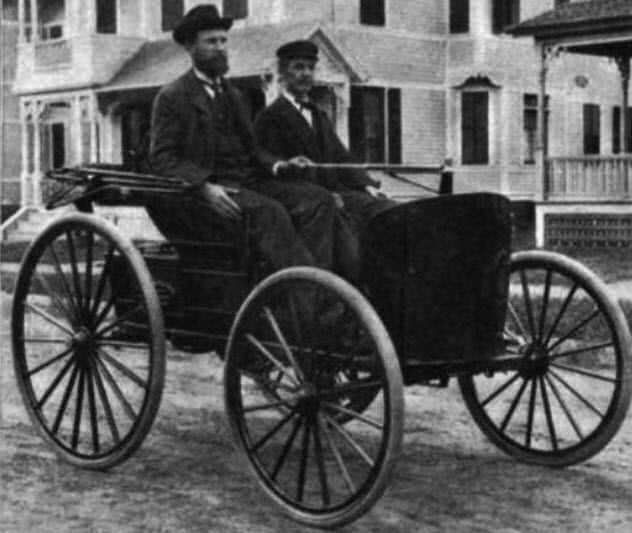
In 1895, the Chicago Times-Herald newspaper had a great idea to boost sales: They would stage the first automobile race in America. The winner would not only make it into the history books but would also receive a $5,000 prize.
The concept of automobiles was so new to Americans that they weren’t even sure what to call them. Part of the Chicago Times-Herald’s campaign involved coining a word for this new invention.
Suggestions included “horseless carriage,” “automobile,” and “vehicle motor.” But the newspaper settled on “moto cycle” as the winning term. Regardless of whether this was the Times-Herald’s intention or not, the race did a lot to promote the car in America and spurred an industry in its infancy stages.
The race was originally scheduled for October and was supposed to go from Chicago to Milwaukee. However, it was later postponed to November, and the route was changed to a shorter 90 kilometers (55 mi) from Chicago to Evanston and back again. Even so, only 11 cars took part in the race out of the 80 or so that signed up, and only two of them actually finished the race.
The winner was Frank Duryea, who raced in a car designed and built by him and his brother, Charles. The two of them founded the Duryea Motor Wagon Company just a few months prior to the race.
Based on their success, the Duryea brothers became the first to produce and sell automobiles in the US. Their success was derailed only by a personal rivalry between them.
4 Scientific American Prize
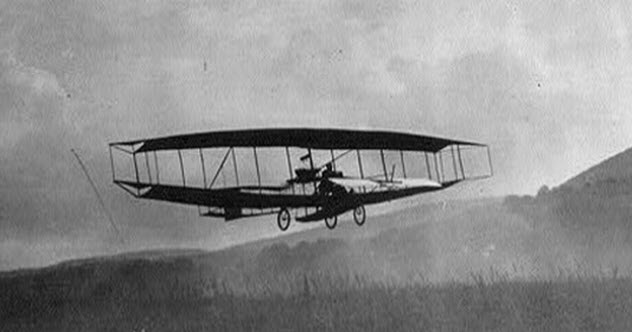
At the start of the 20th century, aviation garnered more interest than any other industry. Many people and organizations supported aviation by offering huge rewards to pioneering pilots.
The $25,000 Orteig Prize went to Charles Lindbergh for the first solo transatlantic flight. William Randolph Hearst offered $50,000 for the first transcontinental flight in less than 30 days. Finally, the Daily Mail offered around $100,000 in prizes for numerous aviation firsts.
Compared to them, the Scientific American Prize seems a bit modest. It was worth $2,500 and went to the first airplane in America to fly straight for 1 kilometer (0.6 mi). Since it was established in 1908, it has the distinction of being the first aviation contest in US history.
Aviation pioneer Glenn Curtiss won it the same year, piloting his iconic plane, the June Bug. He flew it over Pleasant Valley for a distance of over 1,500 meters (5,000 ft). This was 550 meters (1,800 ft) more than necessary. Besides winning the prize, Curtiss also gave us the first preannounced, publicly observed flight in America.
Curtiss achieved many aviation firsts and earned many rewards in the process. In 1909, he won the Bennett Cup offered by New York Herald publisher James Gordon Bennett for setting a new speed record of 75 kilometers per hour (47 mph).
In 1910, Curtiss won another Scientific American Prize as well as a $10,000 reward offered by New York World for completing a flight from New York City to Albany.
3 Phylloxera Prize
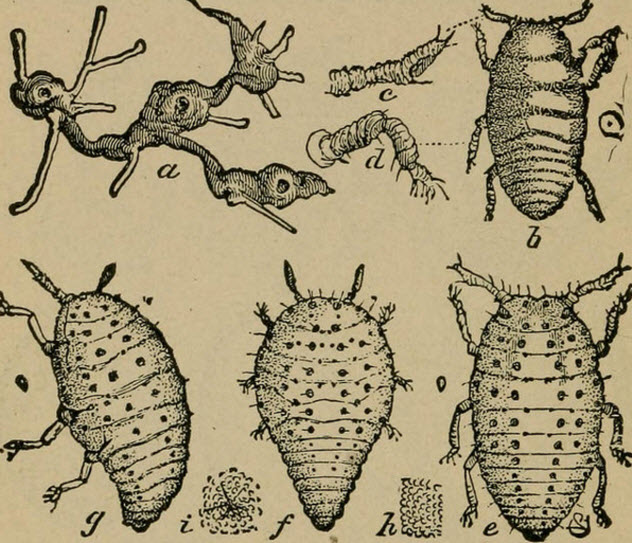
During the mid-19th century, France was afflicted by the Great French Wine Blight. A North American aphid known as the grape phylloxera had been mistakenly brought into Europe, and it started wreaking havoc on vineyards. Although the name suggests that France was the only country affected by the blight, vineyards all over Europe were devastated by the aphids.
In 1873, the French government offered a prize of 300,000 francs for a remedy to the grape phylloxera infestation. Hundreds of suggestions poured in. Since they needed to be verified by the Ministry of Agriculture, it took years to test them. By 1876, over 1,000 ideas had been tested, but few showed any promise.
Initially, people didn’t even know what was causing the blight. Although the aphid was introduced to Europe sometime in the early 1860s, it wasn’t until years later that botanist Jules-Emile Planchon identified it as the source of the problem.
American entomologist Charles Valentine Riley later confirmed Planchon’s theory. Riley also proved that the European aphid and the one in North America were the same.
Eventually, this realization led to the solution. Over the years, American rootstock had grown resistant to grape phylloxera. Two winegrowers named Leo Laliman and Gaston Bazille proposed that European vines grafted to American rootstock would be able to withstand the aphids.
Laliman tried to claim the prize. But the government denied his claim because many people blamed him for being among those who had brought grape phylloxera to Europe in the first place.
2 Sugar Beet Prize

Until the mid-19th century, sugar was considered a prized resource that was available only to the wealthy. But in a relatively short time, sugar became more accessible on the European market mostly because of Napoleon.
During the Napoleonic Wars, the French leader was faced with a problem. France needed sugar, but England controlled the sugar trade by importing the valuable commodity from sugarcane plantations in the South Pacific.
Eager to minimize France’s dependence on English goods, Napoleon announced a prize of 200,000 francs for an alternate sugar source. The prize actually focused on refining sugar from grapes, which didn’t work well. However, the French did accidentally stumble upon a suitable candidate: the sugar beet.
As the story goes, French scientists brought Napoleon two loaves made with sugar beet in 1811. The emperor was so impressed that he immediately ordered 39,000 hectares of beets to be planted. By 1815, France had 79,000 acres of beets plus hundreds of factories to refine the sugar.
Since the prize was for sugar from grapes, it was never awarded to anyone. Instead, Napoleon used the money to incentivize French farmers to grow sugar beets.
Tobacco farmers were persuaded to change their crops. Cattle farmers were shown how to use sugar beet waste products as cattle feed. Finally, schools that taught the principles of beet cultivation were opened across France. By 1850, sugar became an affordable commodity that was accessible to most of Europe.
1 The Magellanic Premium
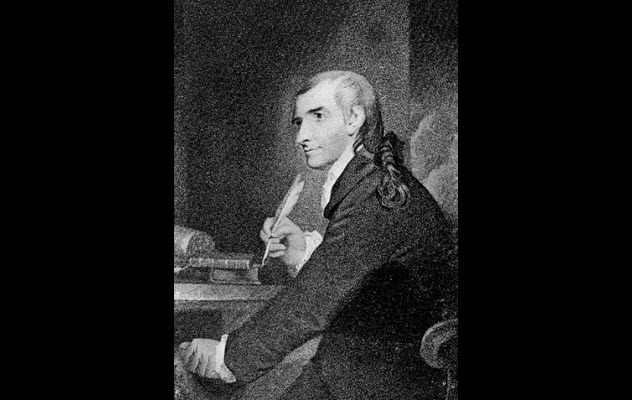
The Magellanic Premium is a prize that rewards significant contributions to the fields of navigation, astronomy, or natural philosophy. It can be seen as a useful companion to the Nobel Prize because the latter doesn’t cover these areas. But there are some differences.
For starters, the Magellanic Premium is 100 years older. Moreover, winners of this prize don’t receive a cash reward but rather a nice gold medal. Lastly, the Magellanic Premium has no strict schedule. Prizes are awarded only when the need arises. In fact, there have only been 33 recipients of the Magellanic Premium during its 230-year life span.
Despite rewarding exploration, the prize is not named in honor of Ferdinand Magellan. It is actually named after 18th-century natural philosopher Jean-Hyacinthe Magellan who donated 200 guineas to the American Philosophical Society in 1786 to set up the award. The “nuts & bolts” of the prize were then established by Benjamin Franklin, the president of the American Philosophical Society at the time.
In 1790, the first prize was awarded to Francis Hopkinson. This also made the Magellanic Premium the oldest medal in America that was awarded for scientific achievement. A signer of the Declaration of Independence, Hopkinson won the prize for describing a new spring block to assist in sailing.
In 2014, Alar Toomre, an Ethiopian-American astronomer, won the prize for his simulations of the interactions of galaxies.
Radu is into science and weird history. Share the knowledge on Twitter, or check out his website.

